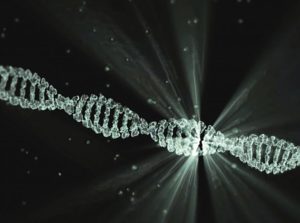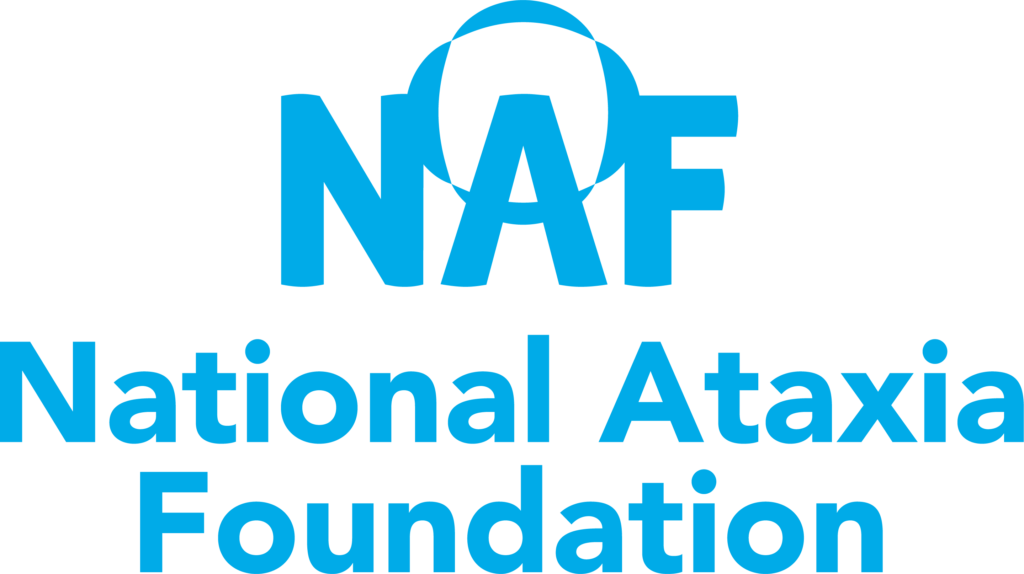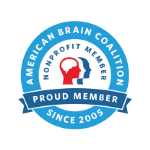
Written by Dr. Jorge Diogo Da Silva
Edited by Dr. David Bushart
How one research group assessed whether Rivastigmine, a Parkinson’s Disease drug, might have a role in treating SCA3
Spinocerebellar ataxia type 3 (SCA3), also known as Machado-Joseph disease (MJD), is the most common inherited ataxia worldwide. As with other ataxias, there is no curative or disease-attenuating treatment for SCA3 despite past efforts from researchers. Thankfully, research efforts continue, with various clinical trials currently underway.
When looking for new strategies to treat a disease, researchers sometimes think about drugs that are effective at treating other similar disorders. In a recent study, Grobe-Einsler and colleagues report a drug trial in five patients with SCA3. They were interested in whether the drug rivastigmine could improve symptoms in SCA3 patients since it has been shown to have positive results in treating Parkinson’s Disease, another neurodegenerative disease that causes gait disturbance. In that previous report, rivastigmine was shown to improve some impairments in walking commonly seen in Parkinson’s Disease patients. Since SCA3 patients also have problems with walking and balance, Grobe-Einsler and colleagues wanted to test rivastigmine in SCA3 to see if it might lead to similar improvements.
To assess the effects of rivastigmine in SCA3, the researchers selected five SCA3 patients whose ages varied from 37 to 61. Rivastigmine was administered through transdermal injections, which means the drug was injected into the outside layer of skin, daily for 8 weeks. Each patient had an initial visit before treatment started where they were assessed by a clinician to determine their SARA score, which is a score that comprises several clinical tests to evaluate symptoms of SCA. Their gait and walking capabilities were also assessed using an automated device called GAITRite®. These same tests were conducted after 4 weeks and 8 weeks following treatment start.
Out of the five patients, one had to stop treatment after two weeks due to the worsening of their pre-existing asthma, which is a well-known side-effect of rivastigmine. The other four patients completed the trial without any adverse side effects.
After finishing the treatment, two patients reported subjective improvements in their daily lives, including fewer falls in one patient. Families and caretakers of all four patients reported improvements as well. However, no significant changes were observed in gait and balance using the automated GAITRite system. As for the SARA score, there was a clinically relevant improvement (a score decrease of over 2 points) after 8 weeks of treatment, mainly because of improvements in movement coordination with no changes in gait and walking scores.
In conclusion, the authors did not observe any improvement in gait or walking with rivastigmine treatment, but did detect an improvement in movement coordination. It is important to note that all patients stopped treatment after four months, since the reported improvements in their daily lives were not significant. Nevertheless, it is important to test this drug in more patients to more precisely determine whether it has lasting beneficial effects.
After describing their results, the authors of this study discussed a key point for treatment research in ataxia: why did this drug work for gait symptoms in Parkinson’s Disease but not in SCA3? One possibility they mentioned is that the changes in the brain that cause gait abnormalities in Parkinson’s Disease are different from those in SCA3. In fact, rivastigmine is known to act on a specific type of neuron in the brain that is defective in Parkinson’s Disease, while in SCA3 it is unknown whether these same neurons are healthy or not. Therefore, the authors conclude that it is important for researchers to better understand which changes occur in the neurons of different brain regions in SCA3. This will allow researchers to more precisely choose which drugs to test in patients, namely those that will most likely target unhealthy neurons in relevant brain regions.
Key Words
SCA3: A hereditary neurological disorder of the adult mid-life whose main symptoms are the loss of balance while standing and walking as well as a lack of motor coordination.
SARA Scale: a scale to assess ataxia severity, that comprises different clinical tests for different aspects of movement. Each type of movement contributes with its individual score, for a total score of the SARA scale between 0 (no symptoms) and 40 (maximal symptoms). Learn more in our Snapshot on the SARA Scale.
Conflict of Interest Statement
The author and editor declare no conflict of interest.
Citation of Article Reviewed
Grobe-Einsler, M., Vogt, I., Schaprian, T., Hurlemann, R., Klockgether, T., Kaut, O. Effects of Rivastigmine on Patients with Spinocerebellar Ataxia Type 3: A Case Series of Five Patients. Neurodegenerative Diseases, 2020. 20: p.104-109 (https://pubmed.ncbi.nlm.nih.gov/32992315/)

Interrupciones en las repeticiones están asociadas con ataques epilépticos en SCA10
Escrito por Dr Hannah ShorrockEditado por Larissa NitschkeTraducido por Ismael Araujo-Aliaga Interrupciones en las repeticiones en SCA10 influyen en la estabilidad del tramo repetido y están asociadas con ataques epilépticos Read More…


Genetic variants in the NPTX1 gene cause cerebellar ataxia
Written by Dr. Hannah K Shorrock Edited by Dr. Celeste Suart Three genetic variants in the NPTX1 gene have been linked to cerebellar ataxia, providing a genetic diagnosis for seven Read More…


Cientistas desenvolvem uma nova abordagem para avaliar ataxia em casa
Escrito por Ziyang ZhaoEditado por Dr. Hayley McLoughlinTraduzido para o Português por Priscila Pereira Sena Um aplicativo para celulares recentemente desenvolvido permitirá aos pacientes avaliar a ataxia em casa. Há Read More…









